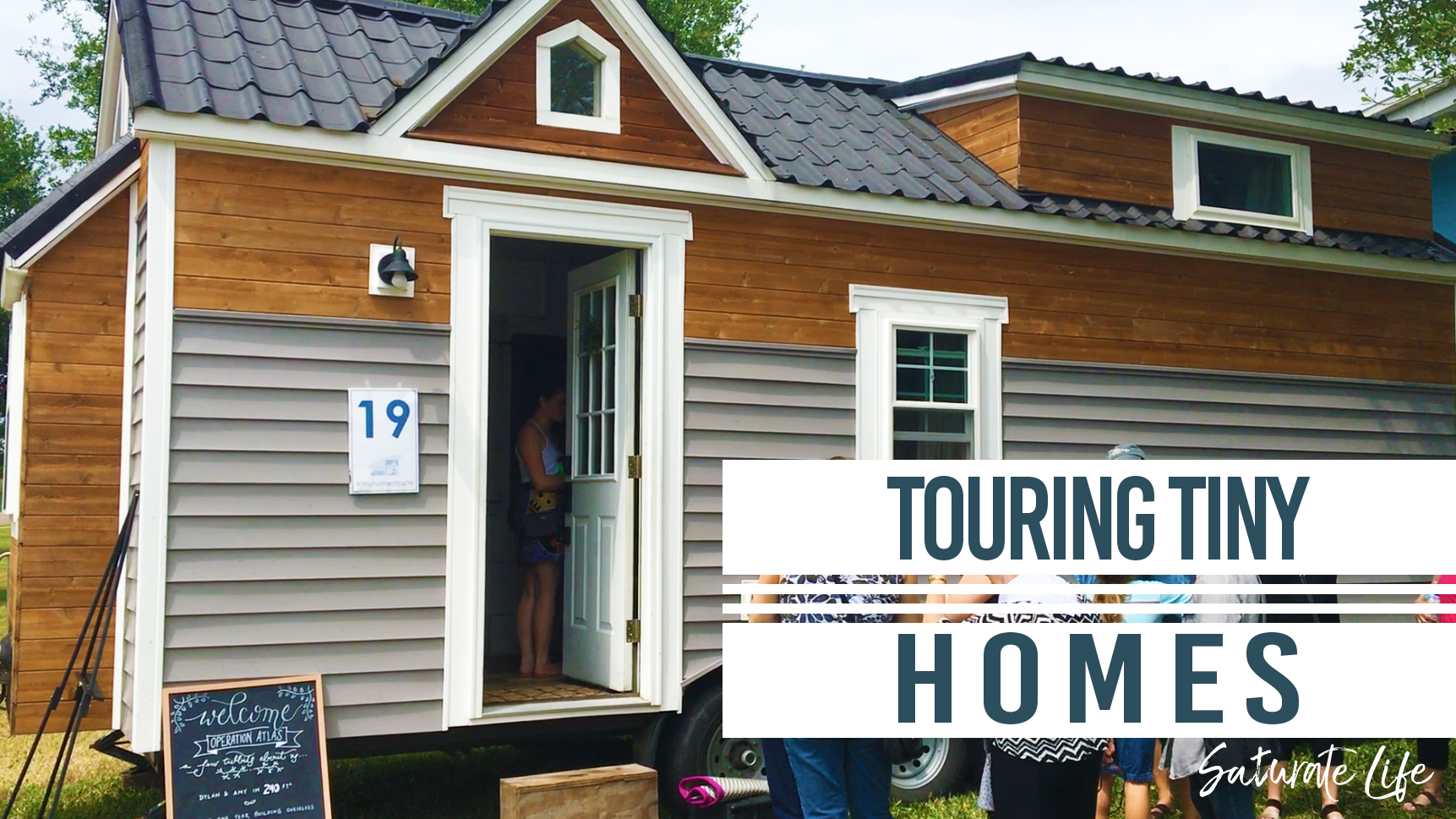Would you like to own your own home for under $50,000? Would you like to have an electric bill of around $40 or never getting homesick because your home gets to come with you? Ahhhh, there’s a catch. Your house is smaller than your dorm room in college. Tiny Homes are gorgeous lifestyle alternatives for the eco-friendly minimalists. Frequently under 500 square feet, they are not for the faint of heart but they are cozy, beautiful little spaces that can fit a surprising amount of amenities. Fitzi and I stumbled on a Tiny Home Expo this weekend and it one of my ultimate DIY dreams.
I was first introduced to tiny homes while in school and I fell in love. Look at those cute porches, those loft beds, and a fun little design challenge to utilize every single square inch of space to maximize the minimal amount of space you do have. Tiny Homes are far more beautiful and more customizable than the typical RV camper. Some of these Tiny Homes were even nicer than the apartment we lived in for about a quarter of the space!
This festival was hosted by the Tiny Home of St. Pete and they brought in around 20 homes for people to tour. Some were companies that created tiny homes for purchase, some were for long-haul trips with families, but many were also people’s literal residences. It featured Tiny Homes workshops, discussions, and of course tours of the homes. Fitzi took the time to put together a video about our time touring the tiny homes their interiors. His youtube is at Fitzaey. So please take the time to like share and subscribe to his work!
Storage in a Tiny Home
The biggest factor that makes people squeamish about living in a tiny home is that living tiny also means living minimally. In our consumerist society, it’s incredibly difficult to either purge what is unused or restrain from purchasing more. One of the most exciting things I enjoyed finding was the solutions to maximize storage space.
Cupboard Stairs
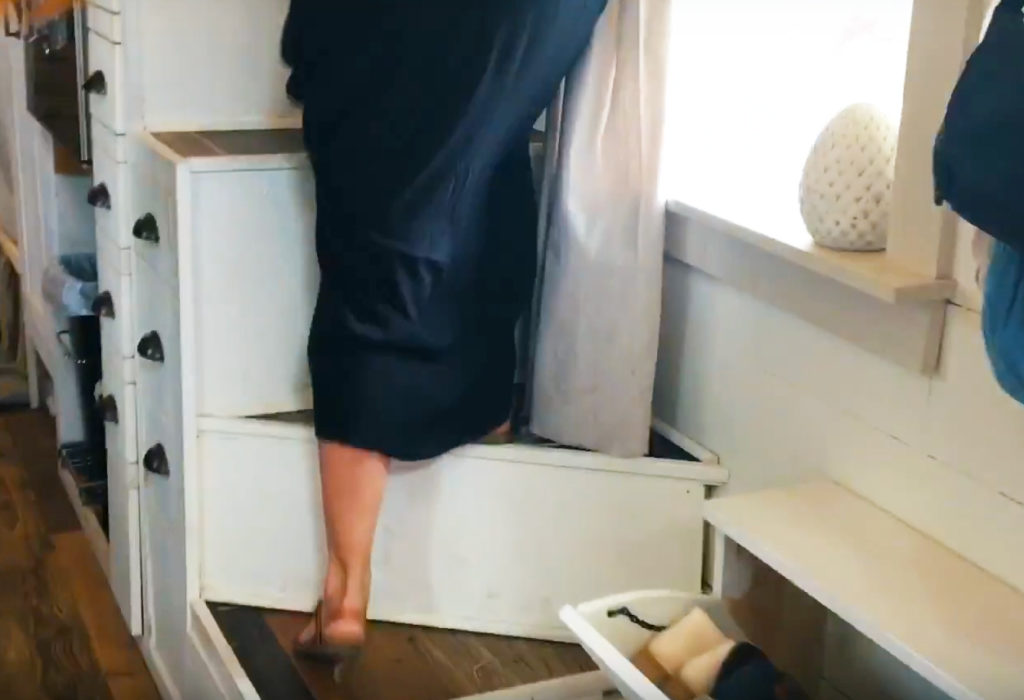
A very common solution to making storage is utilizing the void under the stairwell as a series of tiered cupboards. The space underneath stairs are typically unable to be occupied so this is a very practical design solution. This can also house a refrigerator or other kitchen equipment. The cupboards can either go towards the center space or I have seen them blend in with each step as a series of drawers for even more minimalist appearance.
Bench and Bed Storage
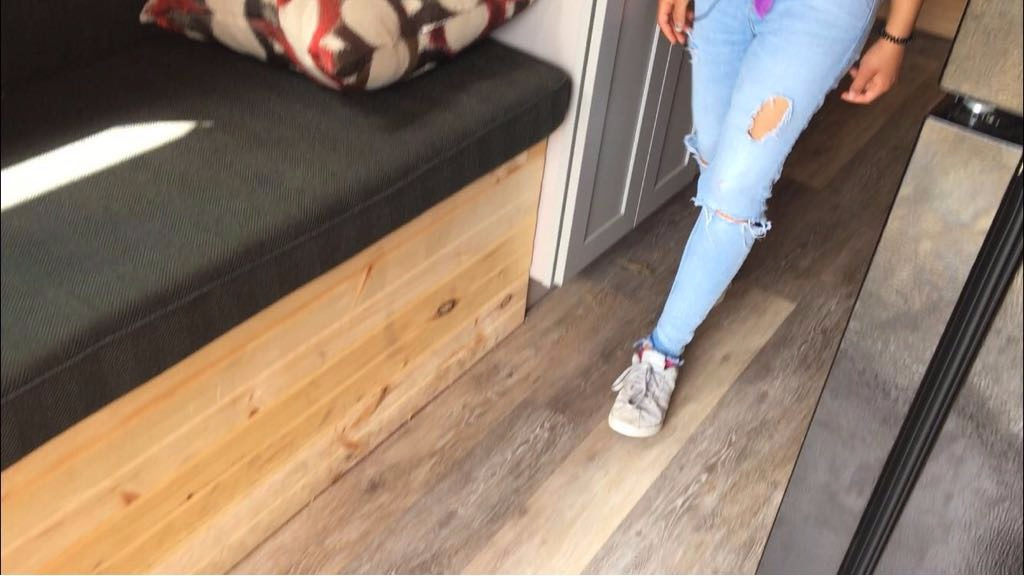
This is common in everyday life but still is useful. There were not very many full couches in tiny homes. Instead, there is a lot of bench seating which yields for some bench storage. Some even had a back portion that would lift away for any tall items or even hanging shirts (which rested at an angle). If the beds weren’t lofted and resting on the floor, they would lift on a hinge for storage underneath.
Harnessing the Structure
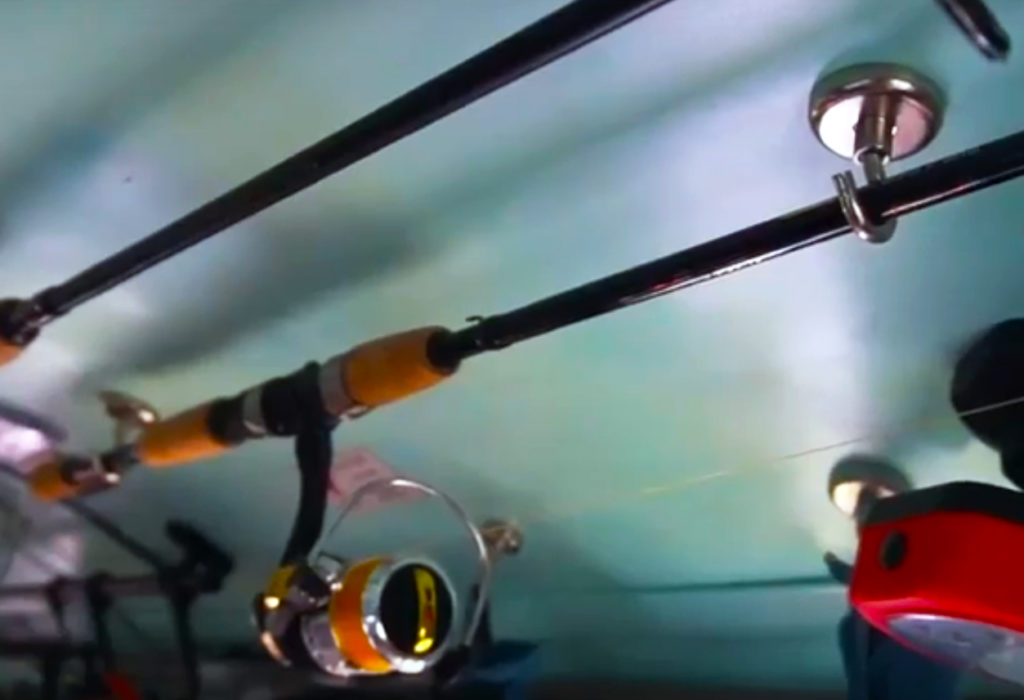
This is a bit more unique to each home. Placing or creating storage solutions based on the material qualities or the structure will make a tiny home go from good to great. For instance, one gentleman fitted a school bus into his tiny home with his not so tiny St. Bernard. He did not cover up all the metal within the bus and many of his possessions were held up with strong magnets. Another home had their loft held up through a series of beams that they left exposed. Between the beams, above the kitchen counter, they had pipes that would hold the handle of their coffee cups and other hangable items.
Dual use of Space
A very common thing with tiny homes is to make dual use of space. Frequently there are actually a guest, or children’s beds. Yes, families live in tiny homes as well as having guests come and visit. There are multiple solutions to creating an extra sleeping area or a few movements and the dining room is now the tv room.
Hideaway Beds
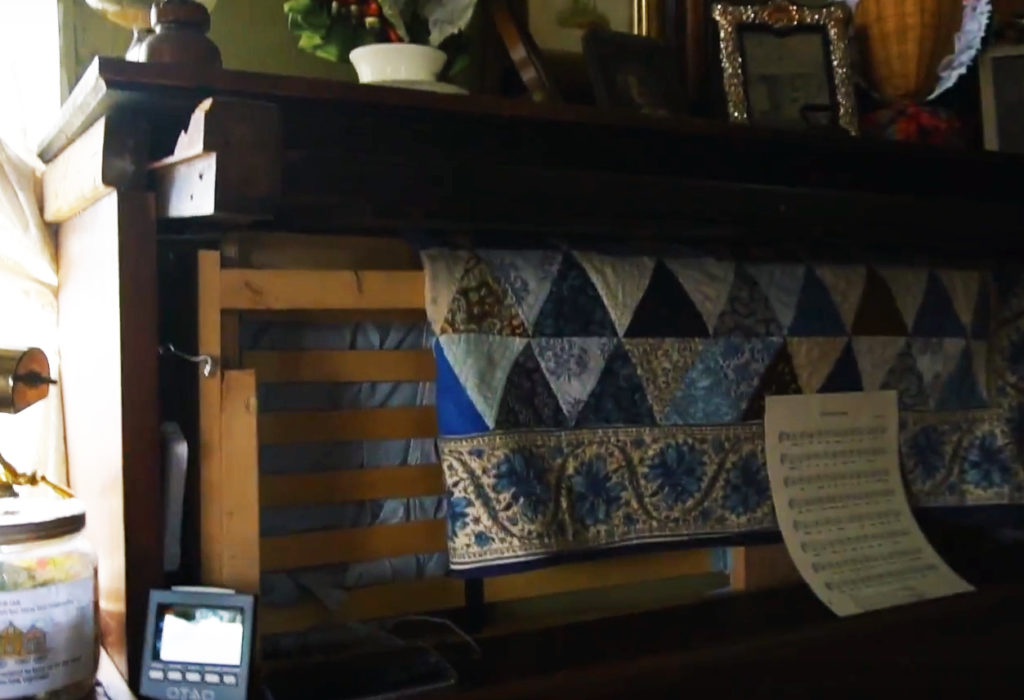
Hideaway beds are almost a staple in Tiny Homes. Many beds are lofted as a design solution. It’s also exceedingly common to be able to move some benches to create a second bed for guests or children. There was one tiny home that creates a series of bunk beds for their three (!) children. The beds were a series of nested Ls in order to make use of the fact that people don’t need a lot of room where their legs go, but they can still sit up in bed. There is the infamous Murphy bed. Many of these beds will fold up during the day and are supported inside by a foldable table. A unique solution to an extra bed was one tiny home that gutted their piano and filled the interior with a bed that will fold out. The parlor piano bed apparently pre-dates the murphy bed solution.
Common Space

Typically the common space in a Tiny Home outside of the kitchen is multi-functional. It’s the home office, dining, and entertainment room. The most common solution is to have the desks and table fold up and out of the way. One fellow had the table in his tiny home able to be clip into the ceiling above the door. Most tables just fold flat along the wall. There is not very much room for a television in the tiny home. Many tiny homes have a drop-down projector screen system for their entertainment needs. Some people prioritize the size of the bathroom so the hideaway bed is used in the common space as well to make the common space even more multi-functional.
A home that moves
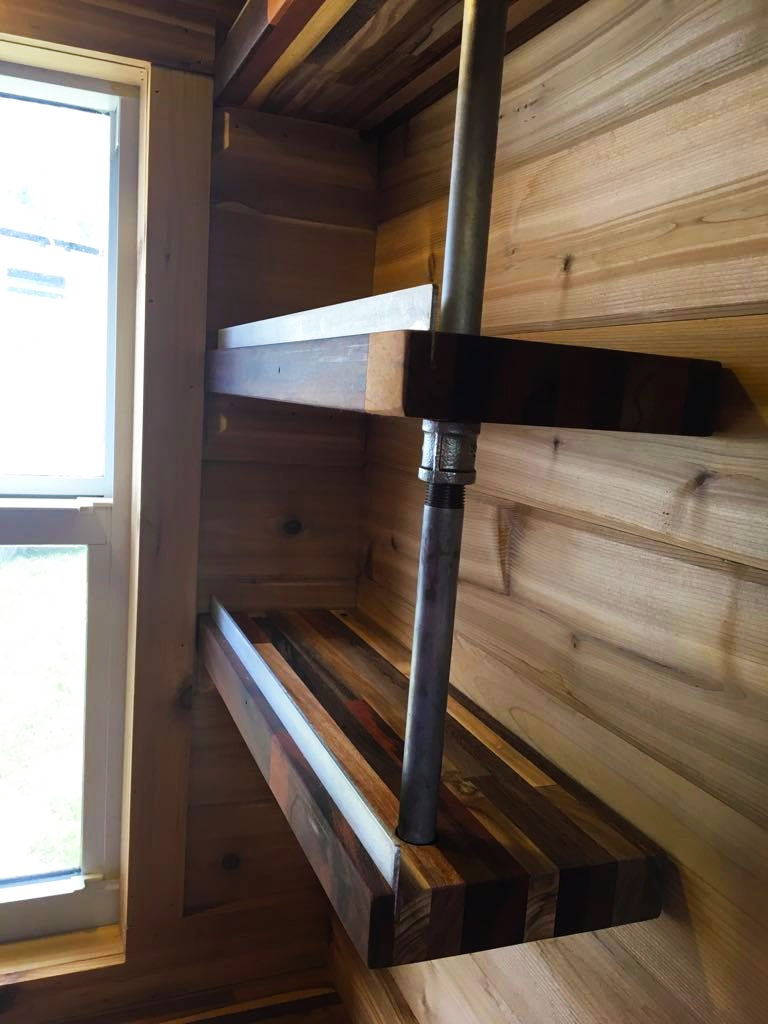
One design challenge in a tiny home is that under most classifications a tiny home is considered as an RV and in order to be legal must be on wheels. That’s awesome because your home can travel with you! It’s not awesome because suddenly things that normally one doesn’t have to think about g-forces of turning are put into that situation.
Most cupboards and shelves will suddenly require some sort of railing. There was a beautiful solution to some open cupboards that included a sleek small metal shim that was embedded into the shelf to prevent objects from sliding forward and off but not impairing someone from lifting the object off. Every open shelf will have a bit of a railing to keep things from sliding off immediately. Everything clasps or locks into place in a tiny home. Shelves to store dishes tend to have elastic to secure the dishes. The less things move, the better shape they will be in.
There are many more design solutions to consider when thinking about Tiny Home living but I hope this made you consider some of them. Please email me at saturatelife@gmail.com and thank you for taking the time to Tour Tiny Homes with us!


